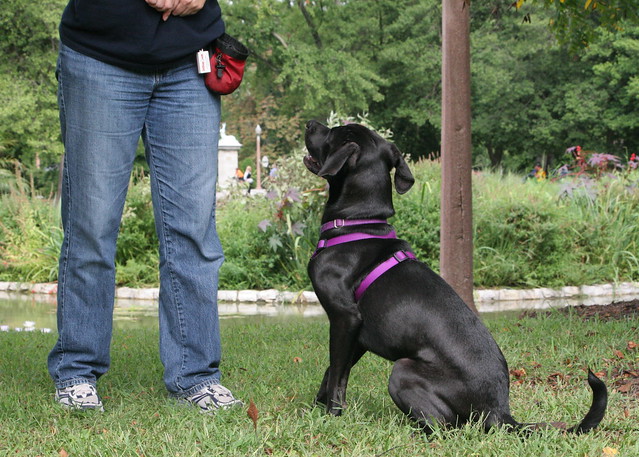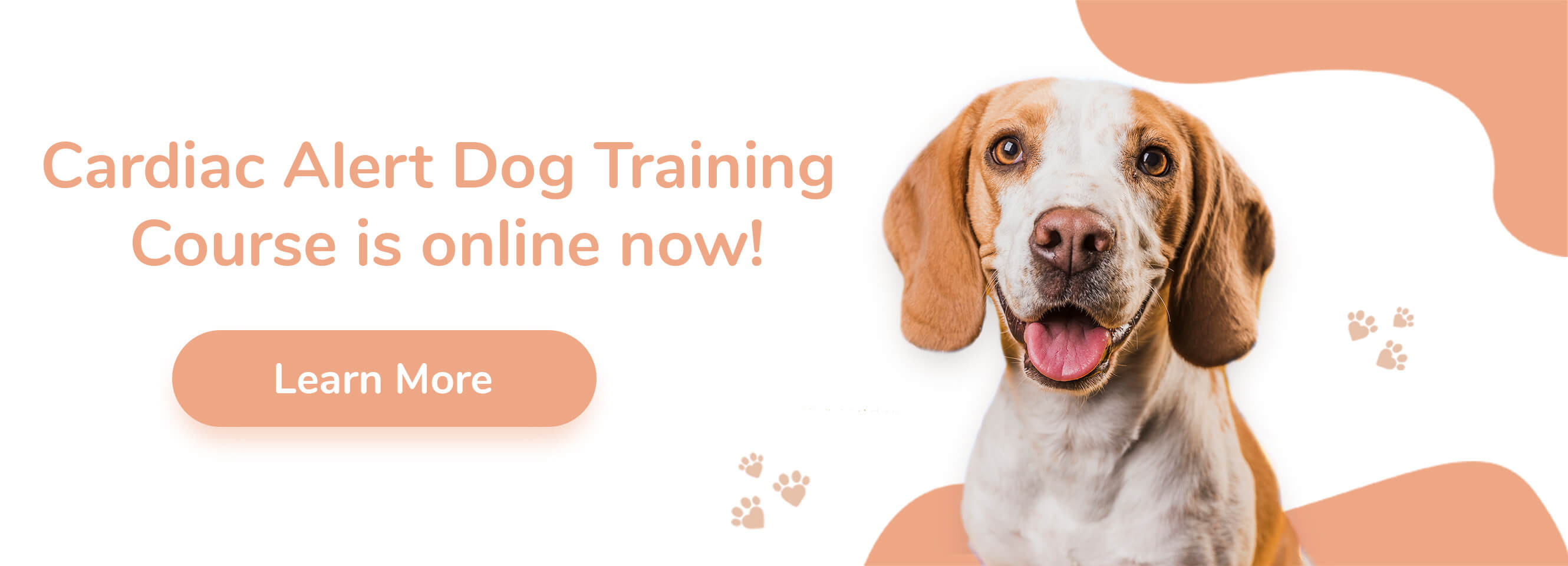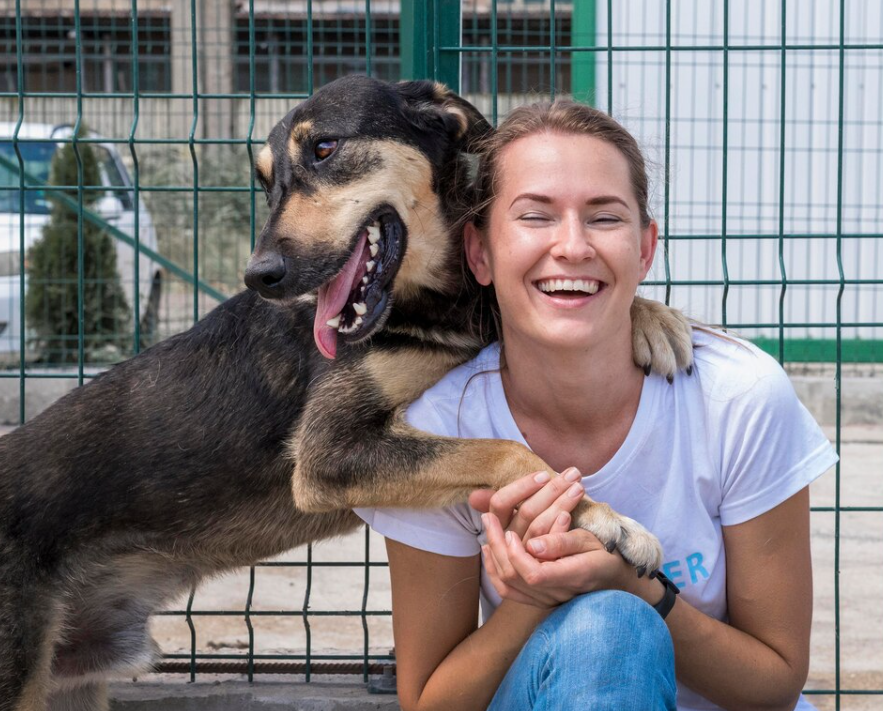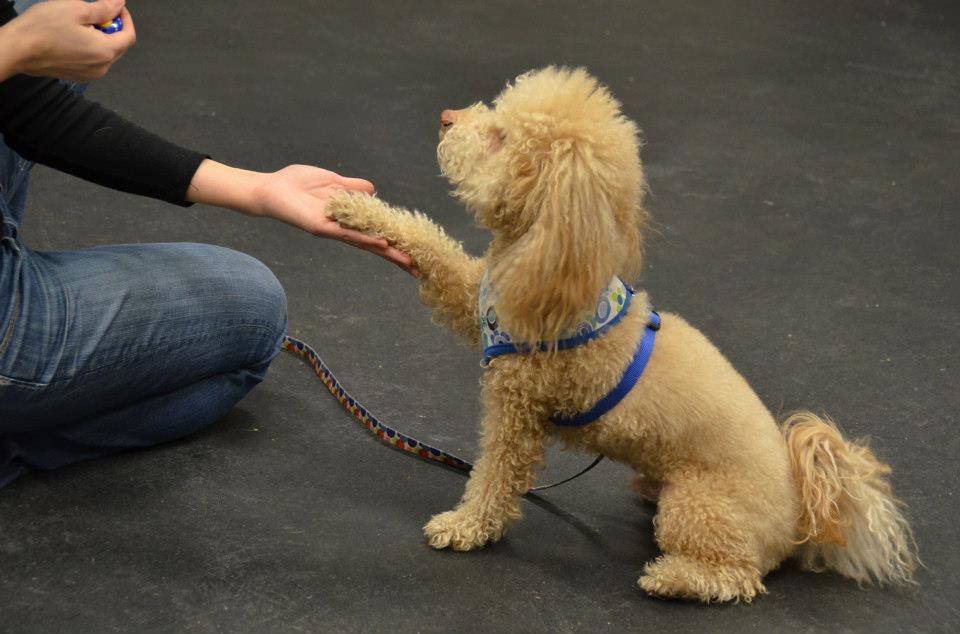
Having a dog might be a challenging task, as it requires not only love and care, but also commitment, discipline, knowledge and ability to apply the correct training approaches. As dog owners, we bear the responsibility for our dog’s behavior while in public among other people and animals. Proper training is mandatory for all owners that want their furry friend to be properly socialized, confident, obedient, and well-behaved.
Making a good training plan might be a bit difficult for some dog owners, as conducting training is a complex process, that requires a lot of factors to be considered. In this article, we will help you make a training plan and point out some of the most essential factors that you need to pay attention to while making and following the plan.
Easy Steps to Make a Dog Training Plan
What questions do you need to answer when you start formulating a training plan?
Who will be the main trainer / co-trainer?
First, you need to clarify some general questions like:
Are you going to be the main trainer of your dog or this will be your friend/relative...etc? Will there be a co-trainer?
This is important, as if more than one person is engaged in the training process, you need to communicate and decide together what training plan you both will follow. It is crucial for the success of the training plan that both trainers apply the same training techniques, so that your dog will not get confused due to mixed signals. Do not let your family members or friends interfere with the execution of an already created training plan. Your friends and all people in your inner circle should avoid taking actions towards your dog like- giving him/her treats or allowing/ prohibiting him/her things without consulting with you first.
When are you going to carry out the training?
You need to be really organized and disciplined and stick to the training plan. If you want to achieve the desired goals, you may need to make compromises and invest your time. You may need to get up early in the morning, spend your lunch breaks with your dog, or train him/her before/after dinner...etc.
Where are you going to conduct the training process?
The environment is another crucial factor for the training's success. There may be many distractions in the surrounding that will affect your dog. You need to pay attention to factors like noises, smells, toys, other animals, people, and especially food. Some tasks that are deemed more challenging require a quiet environment, with fewer distractions. The more confident you and your dog become during the training sessions, the more distractions can be added to the surroundings. Creating an environment where your dog feels safe and comfortable is likely to have a big positive impact on your dog’s performance.
What behavior do you want to train your dog to perform?
Wanted Behavior
Take notes on how you would like your canine to behave. We would recommend that you try jotting down the wanted behavior using a positive approach- it is important what goal you want to achieve or what you would like to improve in your canine’s behavior. Do not focus on what you do not like or want to avoid/prevent. It is always more difficult to determine exactly what our goal is instead of what it is not. When going through this process you may need to make a breakdown structure of the tasks/commands that your dog should be able to perform like:
Sit, Stay, Wait, Focus….etc.
Define your short-term and long-term goals
You need to have a clear vision of what your short-term and long-term goals are.
You may want to train your dog to sit, stay and go. These are some of the basic commands, the easiest to perform. However, your long-term goal is probably to walk with your dog within public premises or travel in public transportation vehicles. Always define exactly what you want to achieve in a short term and in a long-term period.
Keep in mind that advanced training needs time and consistency. Depending on your dog’s breed, age and temperament, you may need to commit a lot of time and energy to achieve the desired behavior. That is why we would recommend that you start training your dog at a young age (but not younger than 8 weeks). That way you can train him/her on the tasks that will be helpful for you in your daily life without needing to correct certain types of behavior. Uprooting old bad habits is always more difficult than creating new habits.
How to accomplish the wanted behavior
You need to make a rough plan on how to achieve the wanted behavior. Jot down the behavior that your dog performs at this point and that is the closest one to the desired behavior. When jotting down what behavior you want to see in your dog and what is the current behavior, you may be able to easily notice the gaps and figuring out the proper actions you need to take.
If you want to answer the question: “How to accomplish the wanted behavior”, you need to clarify what positive reinforcement you are going to use to conduct the training. You will need to answer the questions: What treats does my dog like? What is my dog’s favorite flavor?
You need to write down the amount of treats you give your dog during the training process. Pay attention to the treats’ ingredients. You do not want your furry friend to gain weight during the training sessions. Some dogs are more interested in toys, and you need to consider toys as a positive reinforcement tool as well. Find the “trick” that will suit your dog the best.
Moreover, you need to remember that the bigger the amount of treats is, the harder the task should be. You can use secondary reinforcement (praising, patting) when your canine performs easy tasks. Always remember, that in the beginning, you need to use primary reinforcement (rewards) every time your pooch fulfills a task. Secondary reinforcement may be implemented and used to replace the primary reinforcement gradually.
Once you answer all the questions listed above and namely- “who?”, “when?”, “where?”, “what” and “how”, you have half-finished the work.
Record/Track your Training
We would recommend that you record the training process and keep the training records for your future reference. These may be helpful for you if any issues occur. Furthermore, you will be able to track the progress of your dog and notice what tasks he/she performs better than others, what kind of positive reinforcement your dog responds accordingly to, what approaches you use in order to achieve the wanted results, what tasks you need to work harder on...etc. The information listed in the training records will make the results more visible and measurable. You will know what the strengths and weaknesses of the plan and of your dog are and how to improve the first ones and alleviate the effect of the second ones.
Even if we have created the perfect training plan, this does not mean automatically that it will be the perfect one for our dog. Hence, we naturally move to the next important step:
Adjust the Training Process
We need to adjust the training process. Dogs, same as humans, have different temperaments and some approaches work for them, while others prove themselves ineffective. In addition, you may need to reconsider the timing and the reinforcement rate during the process. In other words, you need to ensure that you reward your canine within 5 seconds from the moment he/she managed to perform the given command. You should not praise/reward your dog prior to the moment when he/she performed the task, as well as not later than 5 seconds after that moment. Otherwise, your canine may be unable to make the connection between the proper action and the reward. Also, as already mentioned above, the reward needs to match the task’s difficulty. The more difficult a task is, the bigger the reward should be. You may need to adjust the environment as well. In the beginning, you will start practicing in a distraction-free environment, and gradually you will add more and more distractions until your canine is ready enough to practice outdoor among other animals and passersby.
You may need to divide the process into smaller steps.
Divide into Steps
If you notice that your dog has difficulties to perform certain tasks, you may need to break them down into smaller steps. When giving your dog a task, he/she will be more likely to perform it if it is more simple. Keep the sessions short and divide the tasks into smaller manageable steps. However, if you notice that your dog is doing really well, adjust to his/her pace.
Do not slow down / speed up the training process artificially
You need to adjust the training process to your dog’s skills, intelligence and temperament. If you notice that he/she has difficulties with a certain task, try to stay calm and patient. Keep the sessions short, find the approach that suits your dog the best and monitor him/her at all times.
On the other hand, if your dog is really attached to you, he/she is intelligent and understands the tasks quickly and performs them effortless you do not have to slow down the pace of the training session artificially and spend too much time on tasks that are too easy for your dog. Otherwise, he/she might get bored and lose his/her motivation.
In general, we can say that making and consistently applying a good structured training plan will help us make simple and clear steps, have measurable results, determine the strengths and the weaknesses of the training process, improve our discipline as well as the discipline of our dog, and strengthen our bond with him/her.
You will find a sample puppy training template below:














